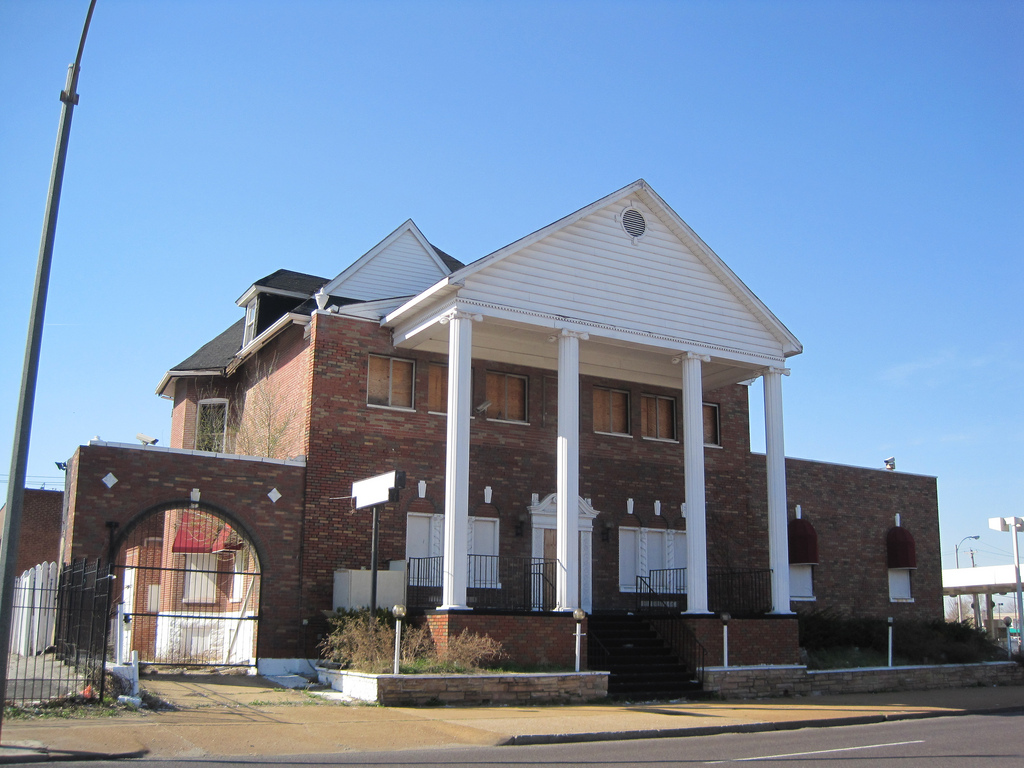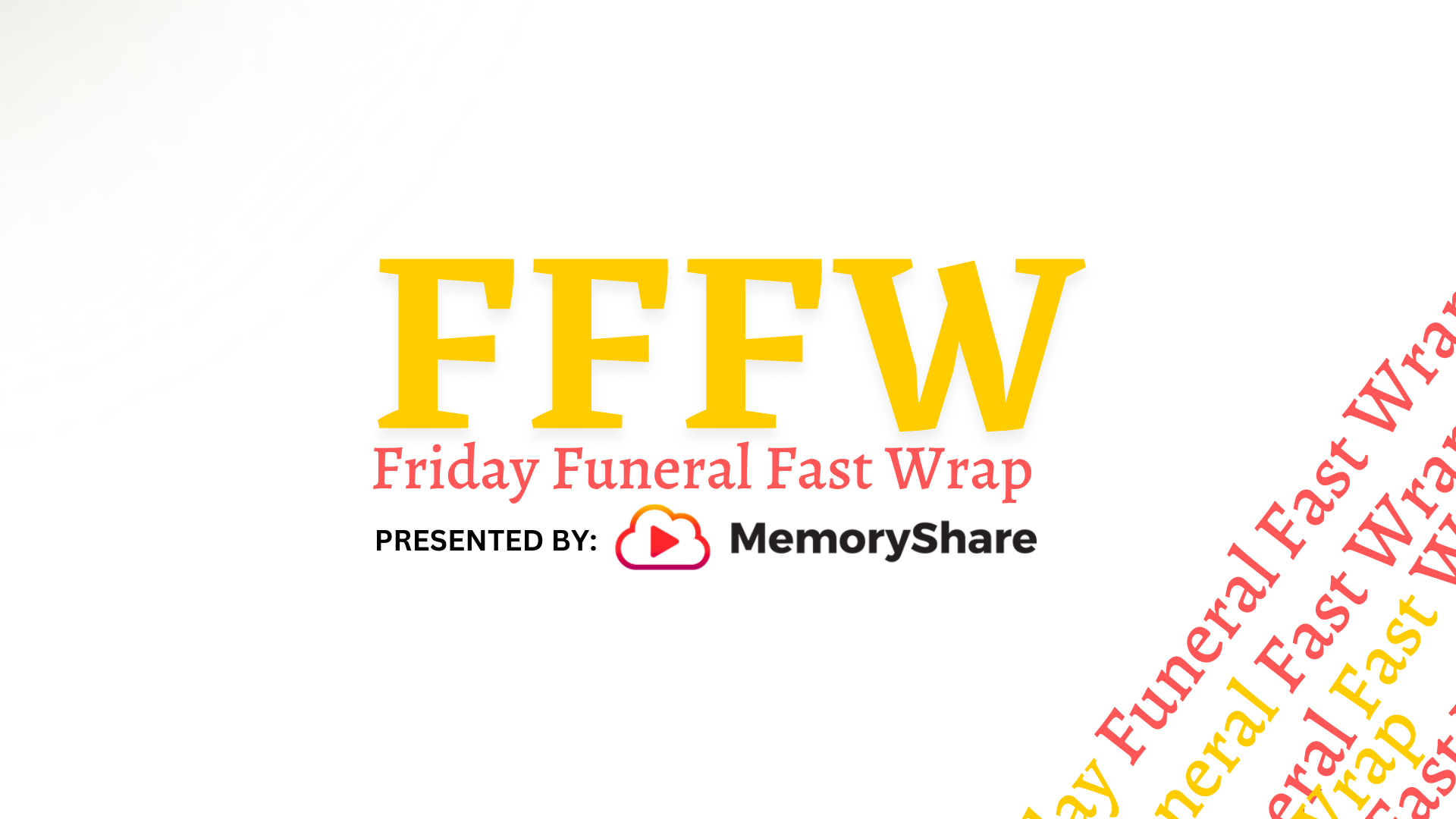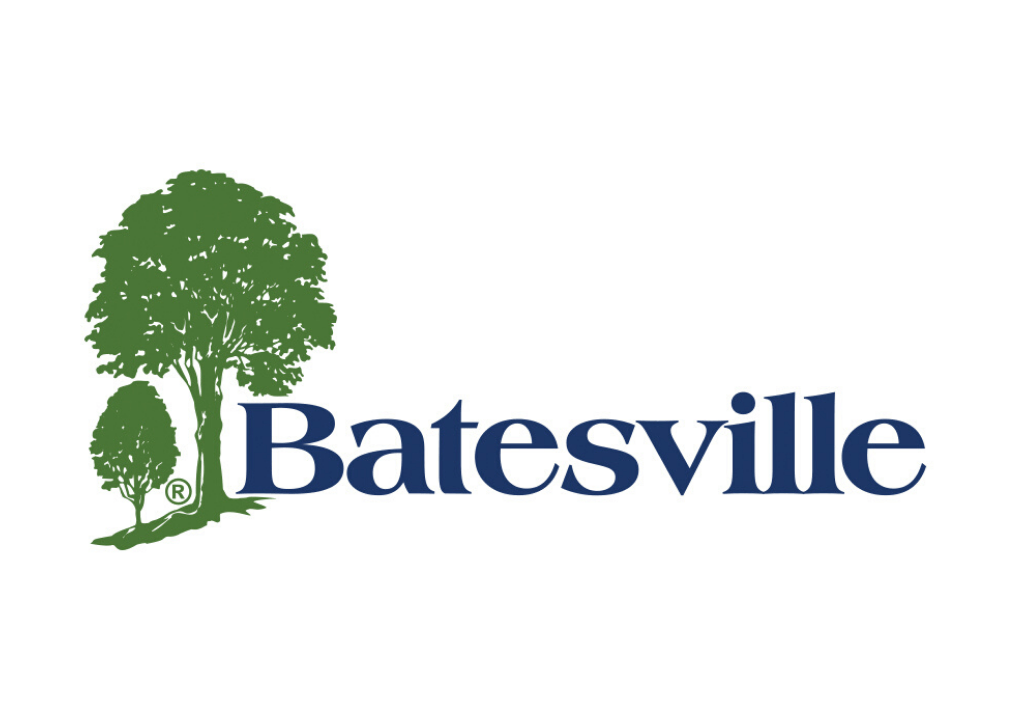The Fading Funeral Home
Article provided by: BT Hathaway, Funeral Director, Creator of MemryStone
A few months ago I sat with a funeral industry consultant who began his remarks as follows, “We at [fill in the blank] consulting are bullish on funeral service.” I suppose you want a consultant who is positive and self-confident, but to me the word “bullish” implies an industry which is growing and prospering, except that my personal experiences and observations around southeastern Massachusetts seem to suggest otherwise. I keep seeing an industry in the throws of decline.
Now don’t misunderstand, dying will not disappear, which means there will be a role for funeral people to do something in the future. But the middle class has disappeared (not everywhere perhaps, but certainly in my region) and it was the middle class that made funeral homes as we have known them possible. Take away the middle class and much is bound to change, even though most funeral people I know are unwilling to admit the inevitability of the trends and the math.
So how do we measure or quantify the potential outcome? I don’t know of anyone who regularly surveys funeral directors to determine their net worth and state of mind, but with a few simple premises, we can write up a thought experiment to model how business might change given the trends now under way.
It is well established that since the mid 1970s, cremation has risen rapidly in the United States. On a percentage basis there are about 10 times as many cremations today as there were during the country’s bicentennial year. Theories abound as to why cremation has grown so significantly, and at some point I will outline my own observations on the whys of cremation, but for now it is sufficient to acknowledge that the transition continues to grow to the point where in some parts of the country, 70% to 80% of deaths conclude with the disposition of cremation. It is also a generally acceptable rule of thumb in the funeral industry that cremation centric services produce about half as much revenue as the full service burial rites they replace. So what does this mean for funeral homes? Let’s construct a little thought experiment and see what happens.
Take 10 theoretical funeral homes of 100 calls each, where 60 funerals are burial services averaging $8,000 (without cash-advances) and 40 funerals are cremations which average $4,000, and assume each funeral home could produce a 20% return before depreciation, profit sharing and the like. Each firm would produce $640,000 in revenue, have $512,000 in costs, and produce a dollar margin of $128,000.
Now what happens if you change the change the mix of business such that only 30 funerals are burials and 70 cremation at each of the prototype locations? If the sales averages remain constant, and the operating costs remain the same*, then the return at the bottom line decreases to $8,000 or 1.5%. When you factor in real wear and tear on vehicles and facilities, plus the margin needed to fund succession plans and the like, this describes a business which will eventually run out of money and fail.
So how many more funerals does it take (given the 30/70 mix and assuming you can keep operating costs level), in order to recover the original $128,000 in margin? The answer is 24 calls, essentially a 25% increase in volume, and all of that volume has to come at the expense of competitors, since the total volume of funerals in the theoretical region is actually shrinking (census figures say that total deaths have declined between 5% and 11% over the last 10 years in a variety of southeastern Massachusetts communities). There is no underlying market growth to help fill the need for higher volume.
Now let’s model the impact on the funeral homes in question. If over time it takes 125 calls to maintain a margin of $128,000, 2 funeral homes of the ten need to go out of business for the remainder to make their goal. Except that the number of funerals in the region has dropped to no more than 950 deaths during this cremation transition, which means a third funeral home needs to disappear for everyone else to maintain their profitability.
At minimum, 30% of funeral homes must completely disappear in the model for the others to remain profitable. But given the way volume tends to aggregate in human systems, if one of those firms should grow to 300 calls and another to 200 calls, you’ll only have room for 3 additional firms of 125 each. In the end half of the original ten go out of business.
* A more complex model might attempt to factor in reduced operating costs which might occur with the transition away from traditional funerals. However, that model would also need to consider the current downward pressure which we see on the sales averages of all funerals; and it would need to consider that non-integrated cremation in Massachusetts is dramatically more expensive to fulfill than cremation in an integrated facility. In Massachusetts it takes three vehicle transfers to complete a cremation. Two of those transfers require at least one licensed or registered person present to accompany the deceased. Therefore, keeping revenues and costs constant in this model is a reasonable shorthand for simplicity’s sake.
This is a simple construct designed to encourage conversation around the issues of cremation in Massachusetts. This model may or may not apply directly to other parts of the country depending upon the population profile of any particular region. Nevertheless, my region is in the midst of an historic shift towards cremation, at a time when we have none of the advantages that western and southern markets had during their transition phases; namely, huge population growth coupled with more flexible business structures such as full combination operations. Instead, there is an expanding financial drought which calls for a new level of thinking, to replace the cheerleading of the “bullish.”
Positive thinking will not put more water in the well. You have to either grow crops using a lot less water or find some other way to feed your family.
*******
MemryLane is an outreach of MemryStone, makers of ceramic markers which survivors inscribe with a message and send through the cremation process with someone who has died. The MemryStones return intact as a more personal form of identity confirmation and as a lasting touch-stone for memory. Purchases may be made through a rapidly growing network of affiliated funeral and cremation providers. For assistance finding an affiliated location, use the contact links on our website.
Photo: Boarded up funeral home. Photo from preservationresearch.com




